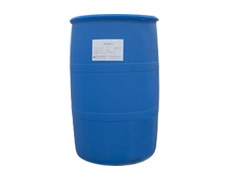In the treatment and recovery of ceramic industry wastewater such as slurry and glaze slurry wastewater, precipitant or flocculant is often added. Its function is opposite to that of dispersant, which can promote the destabilization and aggregation of colloidal system, so as to improve the dehydration of mud and grouting efficiency.

The molecular weight of polymer surfactant is large, and there are enough reaction points or active points on the molecular chain. It plays a role of bonding and bridging between two particles far away, so that the particles gradually become larger and combine with the particles in various forms to form hard aggregates and flocculation. Its mechanism is: ① neutralizing the surface charge of colloidal particles; ② Some chain segments are embedded on the particle surface; ③ Crosslinking or sensitization and bridging; ④ Polymer chains form entanglement networks that trap particles.
Commonly used surfactants (flocculants) include sodium laurate, sodium stearate, dodecyl aminoacetic acid, octadecyl trimethylammonium chloride, etc. Cationic surfactants can also play a significant bactericidal role in wastewater treatment.
In addition to changing the activity of the solution in aqueous solution, that is, reducing its surface tension, various properties related to washing, such as penetration, adsorption, wetting, dispersion, emulsification, gelling and foaming, will change significantly near the critical micelle concentration.
Surfactants used in synthetic detergents are not very pure single compounds and often contain more or less adjacent homologues. Moreover, surfactants account for less than 1 / 3 of the total weight in detergent formula, and the rest are various additives and auxiliary agents, which play different roles. Therefore, the role of multiple groups of synthetic detergents in the washing process is a complex comprehensive process.